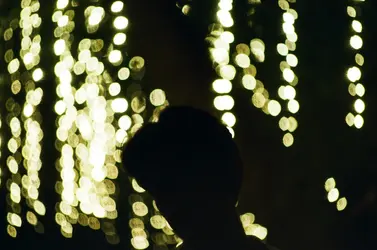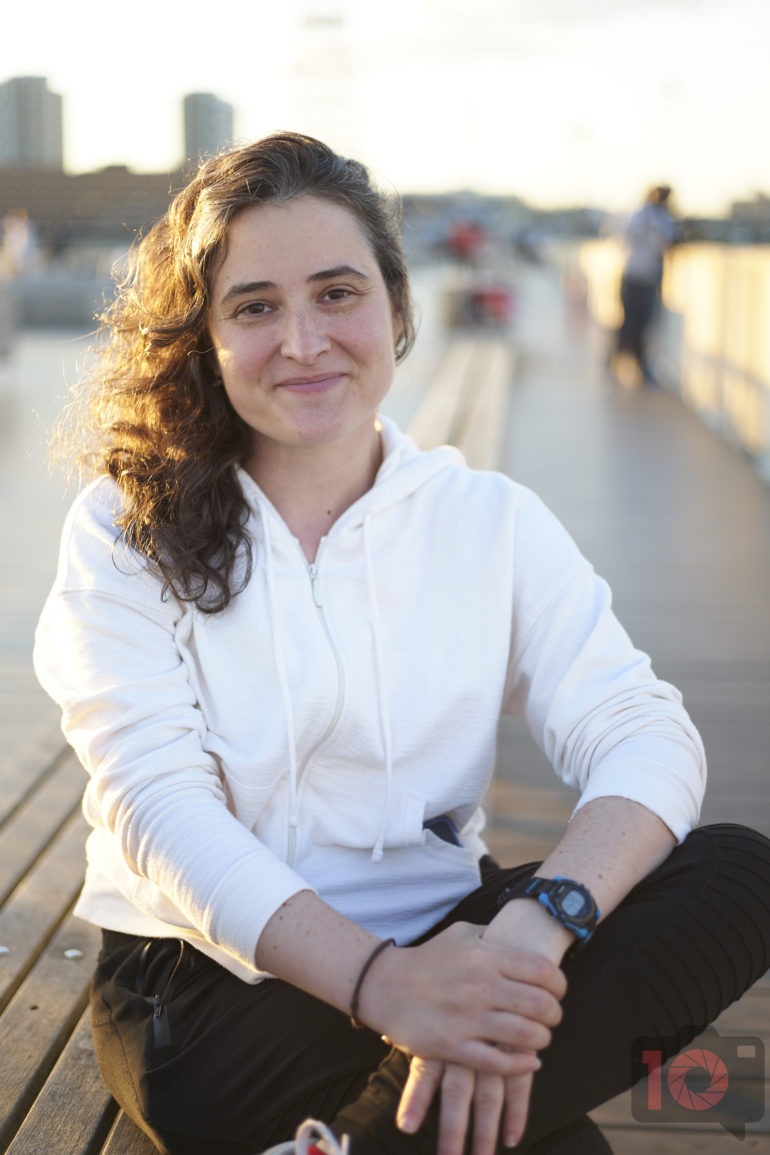dxqcanada
Been spending a lot of time on here!
- Joined
- Dec 4, 2008
- Messages
- 7,890
- Reaction score
- 1,715
- Location
- Woodbridge, Ontario, Canada
- Can others edit my Photos
- Photos OK to edit

惚け, 呆け, ぼけ, ボケ, boke, boke - Nihongo Master
idiot,fool,touched in the head (from),out of it (from),space case,funny man (of a comedy duo) - Meaning of 惚け, 呆け, ぼけ, ボケ, boke, boke. See complete explanation and more examples and pronunciation.
Hmm, reminds me in my youth hearing the elders saying baka a lot, never heard the word boke.
Last edited:


















